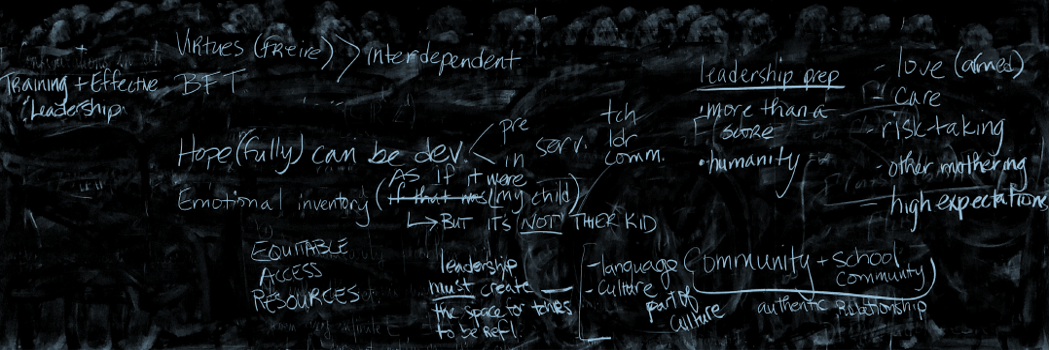I am an educator at an organization that is purportedly invested in addressing racial educational inequality despite not mentioning in their mission statement. I am reminded of Ladson-Billings and Tate writing in 1995 that racial educational inequality is to be expected in “a racialized society in which discussions of race and racism continue to be muted and marginalized” (p. 47). Internally we may acknowledge that the overwhelming majority of students we serve are Black and host anti-racism trainings for instructors but will never properly situate our work in the context of the racialized illnesses plaguing our education system like segregation and curriculum steeped in whiteness. Despite its absence in the mission statement, race and racial diversity is central to the website’s visual story
When I think about this work and this organization tossing around terms like “anti-racism” and “critical race theory”, I am pushed to think of Dixson and Anderson (2018) calling for critical race theory to become more than an intellectual movement. My organization is doing the work on some level but I wonder about the understanding people have about what Critical Race Theory really has to say about our work and how we do it. I appreciate Dixson and Anderson seeking to establish some concrete boundaries around what Critical Race Theory is because maybe, just maybe, it might be possible for organizations like the one I work for to get a handle on how to employ more racially critical lenses on program development and implementation.




Hey Lydia,
I didn’t add this to my response but I felt both deflated by Dixson and Anderson (2018) literature review and and ‘hopeful’ that they are aware of some key problems in the field. I really want to discuss what it’s going to mean and how CRT becomes more than an intellectual movement! This really captured how I felt while reading their work. It felt detached, not invigorated. I was hoping to feel some of the energy they outlined in the beginning, that of agitating and advocating, not merely documenting disparities (p. 122).
Thank you Lydia!
Mariatere